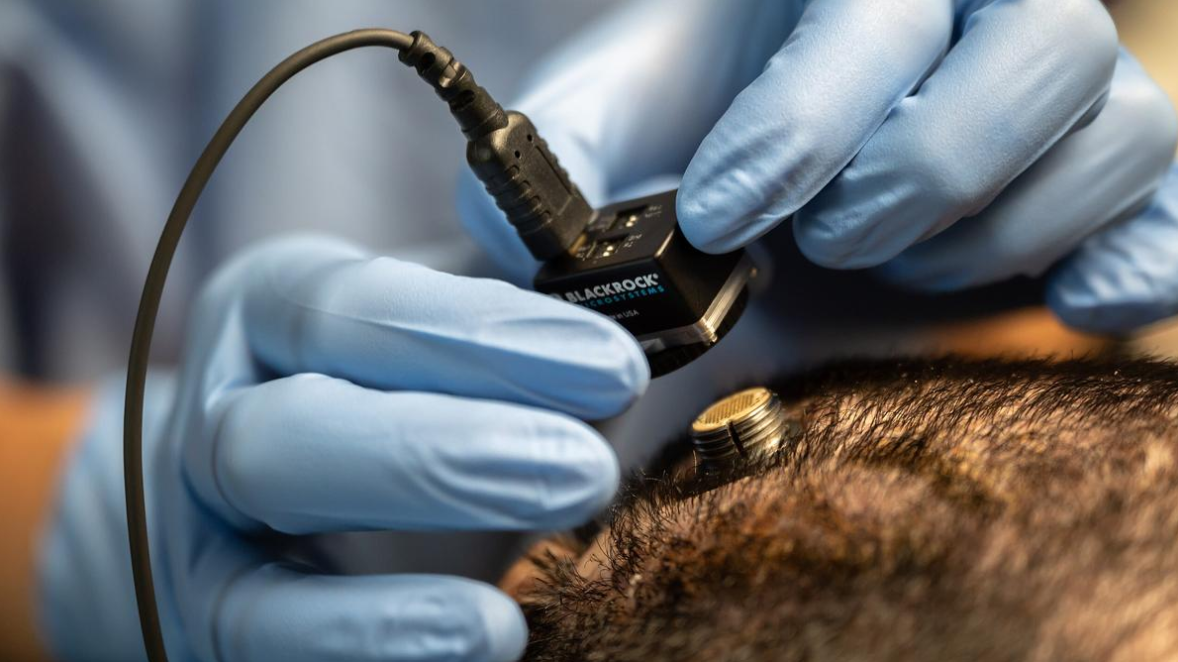



Colossal Biosciences used gene editing to recreate dire wolf-like pups from grey wolves by modifying 14 genes. Though resembling extinct dire wolves, they lack natural survival skills and may not thrive. This raises ethical concerns about de-extinction and whether such recreated animals can adapt to modern ecosystems or survive long-term.

Copyright infringement not intended
Colossal Biosciences brings back the dire wolf using advanced science.
An American company ‘Colossal Biosciences’ announced they have brought back the dire wolf , an animal that went extinct over 13,000 years ago. However, they aren’t exactly the same dire wolves from history—they are more like genetically modified grey wolves made to look and act like dire wolves.
They were big, powerful animals that lived during the Ice Age. They were taller than modern grey wolves (up to 3.5 feet tall), longer (over 6 feet), and weighed up to 68 kg.
They had white coats and hunted large prey like bison, horses, and possibly mammoths.

Colossal didn’t clone a dire wolf. Instead, they used gene editing to make grey wolves resemble dire wolves.
It is unlikely. Even though Colossal has created these pups, they are not fully equipped to survive in the wild. Without parents to teach them survival skills, and without a population to breed with, these animals might eventually die out again. This has happened before: in 2003, scientists cloned a Pyrenean mountain goat called the bucardo, but it died shortly after birth.
|
Colossal is also working on bringing back other extinct animals to restore ecosystems that lost key species thousands of years ago. However, critics worry about the ethics of de-extinction and whether these animals can truly adapt to today’s world. |
Must Read Articles:
Source:
|
PRACTICE QUESTION Q. How does the concept of human dignity come into conflict with advancements in genetic modification? 150 words |





© 2025 iasgyan. All right reserved